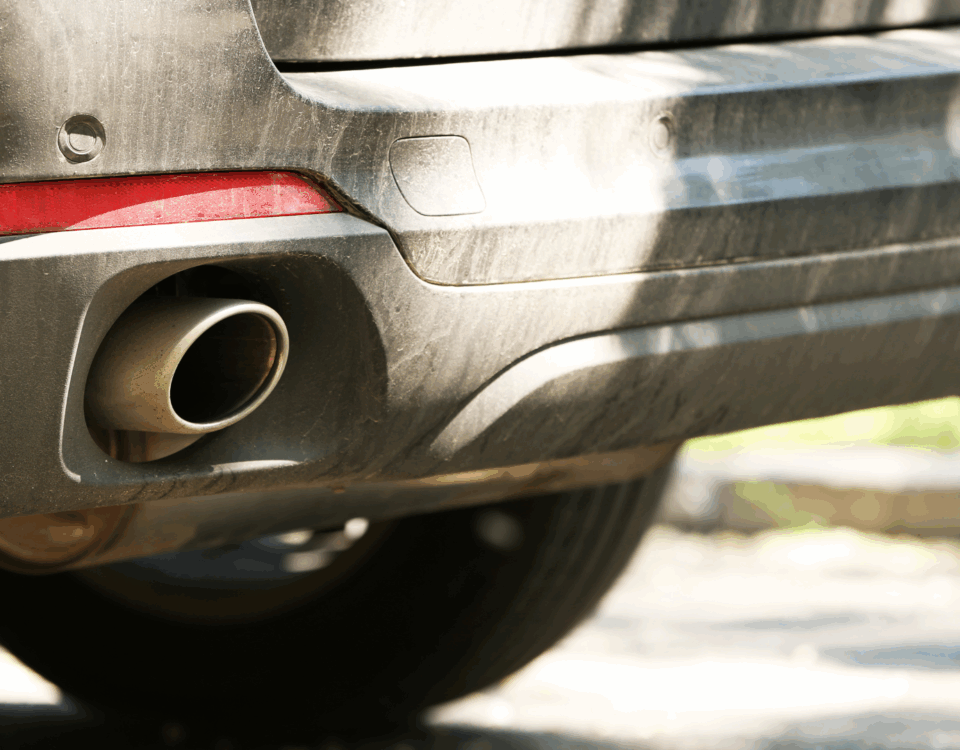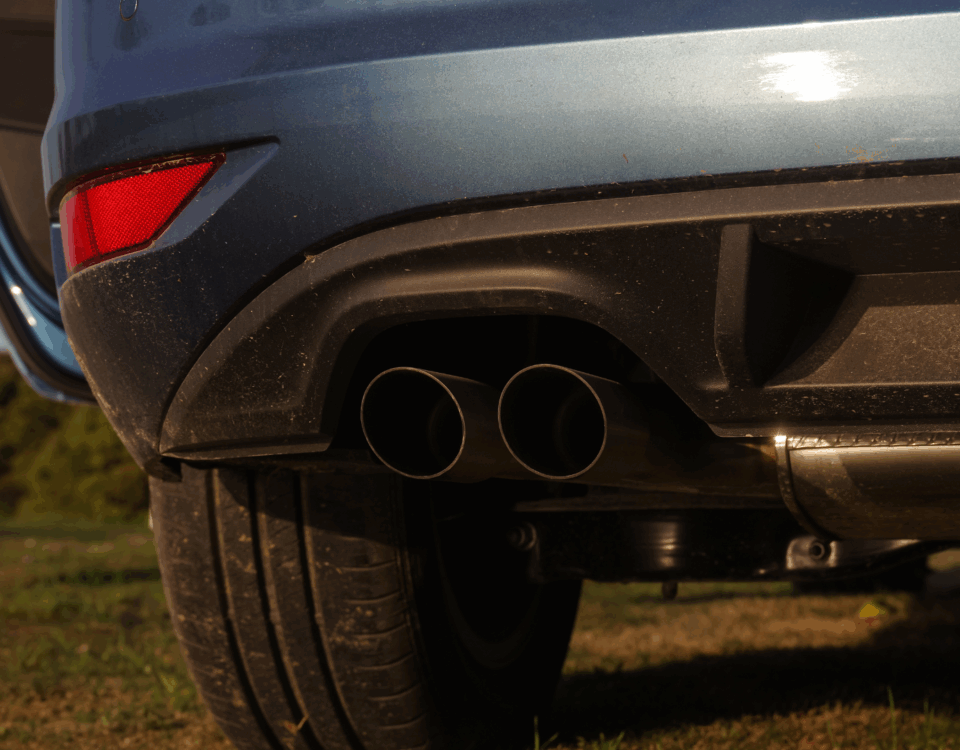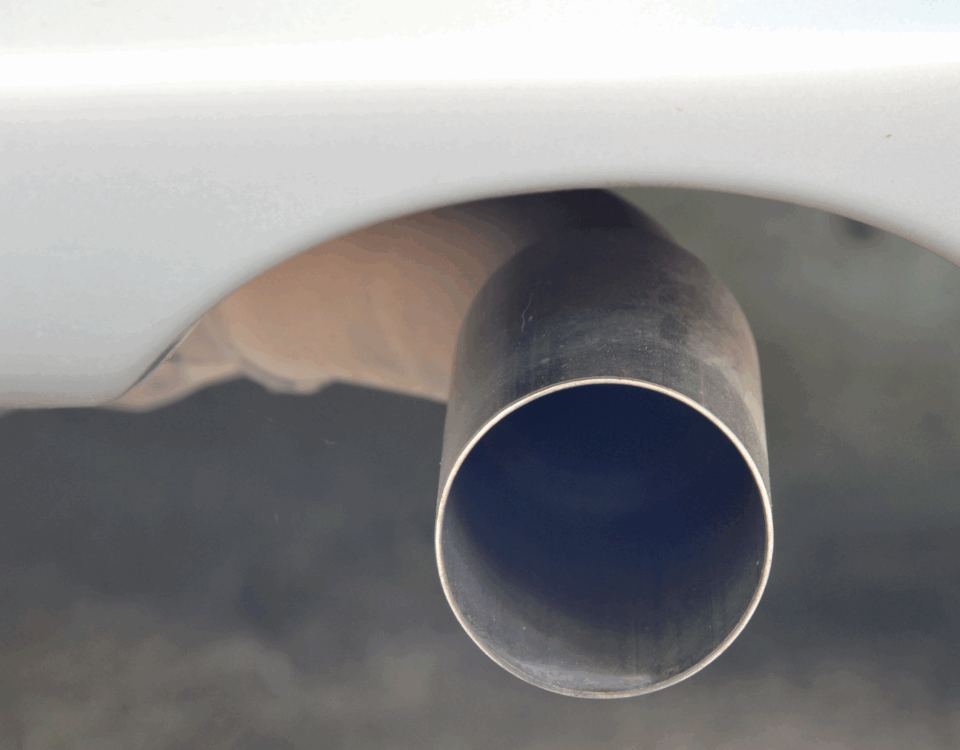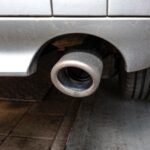
How Often is a Smog Check Necessary for Older Vehicles?
May 5, 2025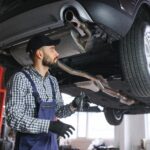
Understanding the Differences Between Smog Inspection Stations and Emissions Test Centers
May 12, 2025Vehicle emissions regulations play a crucial role in protecting our environment and ensuring clean air in our communities. A smog check isn’t just a box to tick—it’s an essential part of vehicle maintenance that can also impact your ability to legally operate your car. Depending on where you live, what you drive, and how old your car is, the required frequency of a smog check can vary. Below, we break down the major factors that determine how often you’ll need one.
Vehicle Age and Type Matter More Than You Think
The age and classification of your vehicle are key in determining how often a smog check is required. In most states like California, newer vehicles are often exempt from testing for the first six to eight years. After that, they usually must be tested every two years. Diesel vehicles, hybrids, and trucks might follow different regulations, depending on their size, weight, and engine type. Older vehicles, especially those manufactured before 1999, may be required to test annually because they tend to emit higher levels of pollutants. Understanding how your car’s age and category influence testing can help you stay compliant and avoid unnecessary fines or repair delays.
Your Location Plays a Major Role in Smog Check Requirements
Not all areas are created equal when it comes to air quality regulations. If you live in a region designated as a high-emission area, your car may need to pass a smog check more frequently. In states like California, counties with higher pollution levels enforce stricter testing schedules. For example, residents in Los Angeles or the San Joaquin Valley will face more rigorous and regular inspections than those in less populated rural areas. This system is designed to combat local air quality issues, and keeping track of your area’s specific laws is essential for staying on top of compliance.
Title Transfers and Out-of-State Vehicles Can Trigger Immediate Smog Checks
When a vehicle changes ownership, many states require an immediate smog check before the title can be officially transferred. This ensures that buyers aren’t unknowingly taking on a vehicle with emissions problems. The same applies to vehicles moving from out-of-state into a region with stricter emissions laws. Even if the vehicle was compliant elsewhere, local laws may require an immediate check to ensure it meets area-specific standards. These transitional moments often surprise drivers, so it’s important to plan for a potential smog check during any registration update or relocation.
Check Engine Light Issues Can Affect Testing Outcomes
Many people don’t realize that even if their car runs smoothly, a lit check engine light can automatically result in a failed smog check. The inspection process often includes plugging into the vehicle’s computer system, which flags any unresolved diagnostic codes. This means that even minor issues like a loose gas cap or faulty sensor can derail your test. Regular maintenance is your best line of defense. If the check engine light is on, fix the issue before you schedule your smog check to avoid failing and having to retest.
Regular Maintenance Can Extend the Time Between Checks
While state law determines the minimum required frequency of a smog check, your personal driving habits and maintenance routine can affect how smoothly your vehicle passes. Well-maintained vehicles are more likely to pass emissions tests with fewer problems. Keeping your oil changed, using the right type of fuel, and addressing engine issues promptly will not only improve your fuel efficiency but also increase the chance of passing your smog check on the first try. Preventive care keeps your engine cleaner, your emissions lower, and your driving record stress-free.




